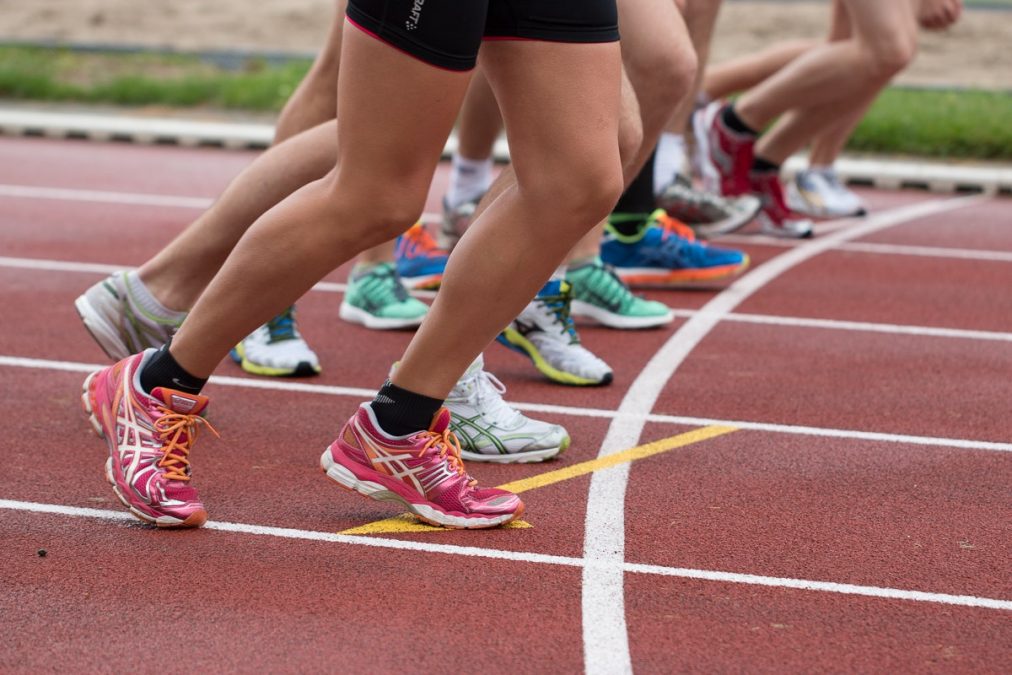Pace to the finish line

As one of the newest physiotherapists at Physioworks, this is my first blog post and I have decided to share some insight into my own personal journey towards training for the BMO half marathon. I hope that you can take away some educational advice from a physiotherapists perspective but also some personal advice based on my experience over the last few months. My goal is to provide you with the education you need so that you can identify potential injuries or issues sooner and feel comfort from the fact that it is most likely something that can be easily managed and prevented with the right approach and the help. (We all know that google can take us down dark pathways…)
Common Injuries
Low back pain:do you have a pinching pain in your low back or just achy, stiffness that gets worse after your run? Oftentimes, muscle imbalances or strength deficits in the trunk and pelvis can cause abnormal loading of our lumbar spine. Maybe you have tight hip flexors causing a lack of hip extension, a lack of glute strength to stabilize your pelvis or potentially a weak core causing the back to hyperextend more than it should. In any case, each of these potential root causes mean the back has to undertake more load than it should.
Hamstring strains: the hamstrings are one of the major muscles groups in the back of your legs and are extremely important for producing forward momentum. They can be commonly strained during long strides (overstretch) or from quick bursts on cold muscles. Decreased mobility of the lumbar spine and weak glutes or core (again), inadequate warmups and general posterior chain tightness might mean your hamstrings are working a lot harder than they should and against way more force.
IT band syndrome: does your knee pain come on at the same point in your run every time? You hit the 5km mark and you just know you’re about to feel it? You might be experiencing IT band pain. This injury can often be characterized as a lateral knee pain and/or lateral hip pain. When the IT band gets irritated or tight, it can cause pain over the bony structures that it crosses such as the outside of the knee and the hip bone. Releasing the TFL ( a muscular structure at the top of the IT band) and the lateral quads, as well as strengthening the glute muscles will help reduce friction on this thick fascia and produce better running mechanics.
Runner’s knee:otherwise known as patella-femoral pain is a condition which accounts for much of the knee pain experienced in runners. It is characterized by grinding or sharp pain under and around the kneecap that gets worse as you run. Some of the major contributors to this condition are a weak VMO – part of the quad that controls movement of the patella – a tight IT band/lateral quads and weak glutes. All of these potential factors contribute to inappropriate tracking of the patella against the femur and thus cause inflammation/irritation.
Achilles tendonitis: the Achilles tendon is where the calf muscle meets the ankleand can become inflamed, stiff, tight and extremely sore or sensitive if it experiences abnormal stress to the tendon. Achilles pain can be related to tension higher up the posterior chain such as the hamstrings or can even originate in the tissues of the bottom of our foot from poor footwear, foot structure, running form (toe running) or even running surface (treadmill vs. outdoors).
Cross Training and Stretching
So of course, hearing everything I’ve mentioned above, it’s clear that most of our injuries, aches and pains come from some sort of combination of stiffness here and weakness there. That is why cross training and stretching are so very important. Targeting the right muscles to strengthen can help to optimize our movement patterns so that we don’t put ourselves into positions that are detrimental to our bones, joints, muscles/tendons or ligaments. Likewise, stretching helps to reduce strain and tension on these same structures and ultimately allows our muscles to work more optimally and against less force. And remember our bodies are a continuum so don’t forget about hip mobility just because your foot is hurting – there is a good chance they are related!
How Can a Physio Help?
A lot of what we do as physiotherapists is based on education, awareness and of course physical analysis to find out what some of the contributing factors might be to your injuries or experiences of pain. If you are wondering things like – Should I run through the pain?How do I know if it’s getting more serious? What can I do to prevent it or treat it at home? What exercises will help me keep running? – that’s where a physiotherapist can be really helpful. We don’t have all the answers but we can help you troubleshoot some of those areas that you don’t feel you can tackle on your own. And in any case, we are always looking to help you function and feel your best so that you can experience life to the fullest!
Cristina Trasolini, MPT, BKIN
About twice a month our therapists will be posting answers to commonly asked questions. So, if you have a burning question that you want answered let us know in the comments below.
We can cover anything ranging from active rehabilitation, to injury prevention.
This week our featured therapist is Cristina Trasolini. To learn more about Cristina check out our PhysioWorks team.


Leave a Reply